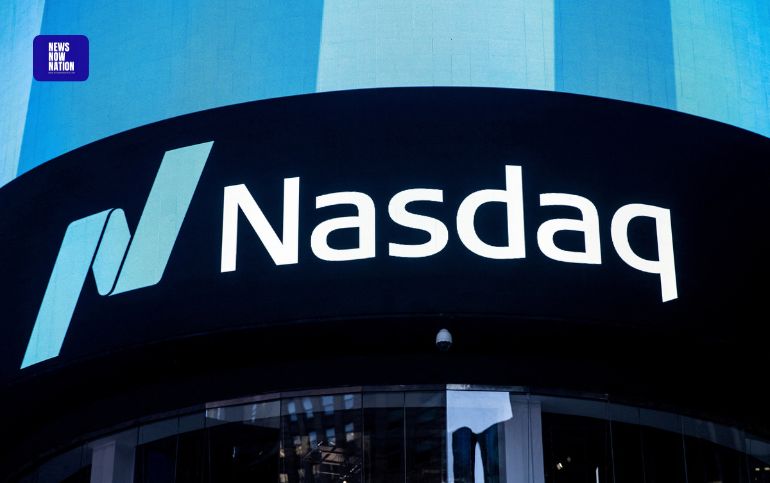
U.S. stocks fell for the second consecutive session on Friday, with the Nasdaq Composite officially entering correction territory. This downturn follows a disappointing jobs report that heightened concerns about a potential recession.
Jobs Report Sparks Recession Fears
The Labor Department reported that nonfarm payrolls increased by only 114,000 jobs in the past month. This figure is significantly below the 175,000 jobs economists had predicted and the 200,000 needed to keep pace with population growth. Additionally, the unemployment rate rose to 4.3%, nearing a three-year high.
Market Reaction
These weak jobs figures have caused analysts to get worried that the economy is slowing down more than anticipated. Some now think that the Federal Reserve was wrong in not raising interest rates at its policy meeting the other day. Therefore, the possibility of 50 basis points cut in interest rate during the Fed’s meeting in September has risen to 69. It reduced the rate to 5% from 22% that is in the FedWatch tool of CME.
Lamar Villere, the portfolio manager of the Villere & Co said that the major highlight is the jobs number and the current economy looks more rational, where bad is seen as bad instead of good.
Market Declines
The weak jobs report also triggered the “Sahm Rule,” a historically accurate recession indicator. The major stock indices reacted as follows:
- Dow Jones Industrial Average: Fell by 610.71 points (1.51%) to 39,737.26.
- S&P 500: Dropped by 100.12 points (1.84%) to 5,346.56.
- Nasdaq Composite: Lost 417.98 points (2.43%) to 16,776.16.
S&P 500 and Dow dropped their biggest two-day fall since March 2023. The treatment of the Nasdaq Composite was a- correction, in that it fell over 10 percent from that the July close, due to caution over high valuations in a declining economy.
Sector Performance
Among the hardest hit were:
- Amazon: Declined by 8.79%.
- Intel: Plummeted by 26.06% following disappointing quarterly results and forecasts.
The small-cap Russell 2000 index also fell by 3.52%, reaching a three-week low and experiencing its biggest two-day drop since June 2022.
Chip stocks continued their decline, with the Philadelphia SE Semiconductor Index closing at a three-month low after its largest two-day slide since March 2020.
Bright Spots
Despite the overall market downturn, some stocks performed well:
- Apple: Rose by 0.69% due to better-than-expected third-quarter iPhone sales and positive forecasts, betting on AI to attract buyers.
Defensive sectors like consumer staples, utilities, and real estate were among the few to see gains.
Market Sentiment
Obviously, Wall Street’s ‘‘fear gauge’’- CBOE Volatility Index was above than its long term average of 20 touched the highest level 29. 27 before rising to 66 and then closing at 23. 39.
It also attracted some investors to lower the price of stocks with hopes of buying and this was seen when some investors saw the sell off as a perfect time to buy stocks at cheap prices. UBS strategist Jonathan Golub pointed out About this, market returns were higher in periods when the VIX was high, meaning a buying signal in the near term.
Market Breadth and Volume
Declining issues outnumbered advancing ones by a 2.92-to-1 ratio on the NYSE and by a 4.52-to-1 ratio on the Nasdaq. S&P 500 rose 62 new one-week highs while 15 sank to new one-week lows; Nasdaq’s new high was 34 and new low was 297. Such trading rates in the U. S. exchanges were 14. 75 billion shares, to 11 billion, the average number of shares traded in the preceding 20-day period. 97 billion shares.
Indeed this market activity can be regarded as rather crucial as the investors demonstrate more concerns and respond in light of the possible economic decline.
Stay tuned to News Now Nation for updates and more news.
Follow us on social media for real-time news updates:










